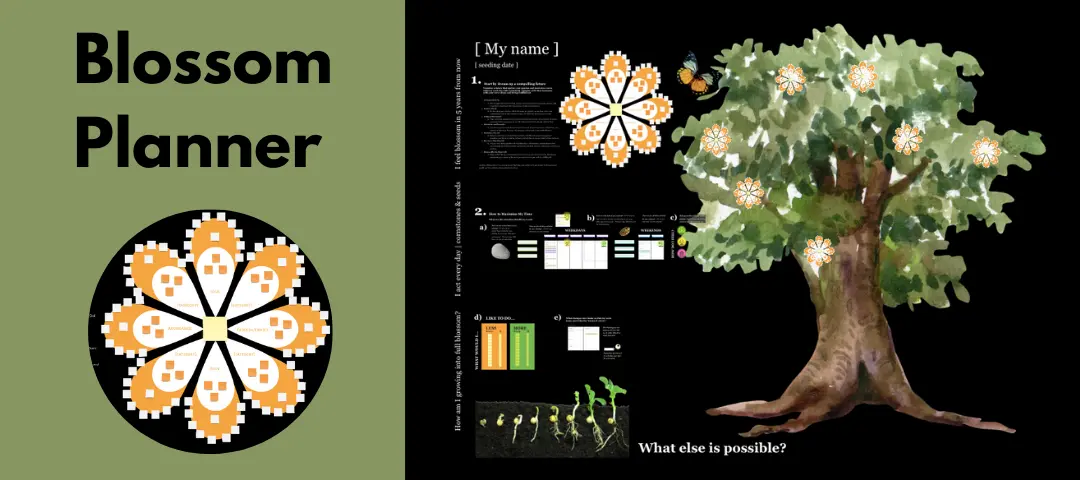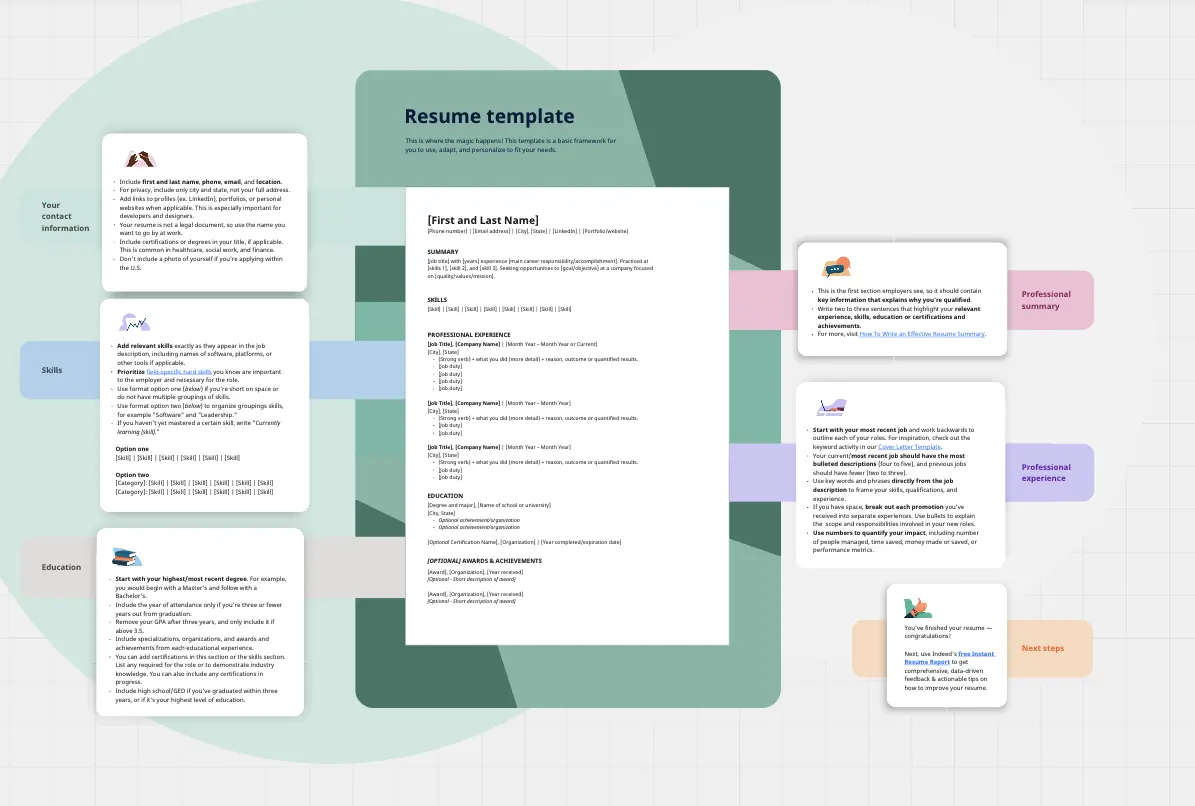Nonviolent Communication (NVC)
Nonviolent Communication (NVC), developed by psychologist Marshall B. Rosenberg, is a communication framework designed to foster empathy, understanding, and peaceful resolution of conflicts. Also known as Compassionate Communication, NVC focuses on expressing oneself authentically while actively listening to others without judgment. The approach emphasizes on identifying and articulating feelings and needs, encouraging open and honest dialogue that transcends blame and criticism.
By promoting empathy and understanding, Nonviolent Communication aims to create a compassionate and collaborative environment where individuals can connect on a deeper level, fostering harmony and resolution in both personal and professional relationships.
Benefits:
The benefits are numerous, particularly in work-related environments. but there are commonly occurring cases.
Enhanced Conflict Resolution: NVC provides a structured approach to resolving conflicts by promoting clear communication, empathy, and understanding. This leads to more effective and lasting resolutions.
Improved Interpersonal Relationships: By fostering open and honest communication, you strengthen relationships among team members, managers, and colleagues, creating a positive and collaborative work environment.
Constructive Feedback: Encouraging individuals to express their feelings and needs when giving or receiving feedback. This promotes a more constructive and growth-oriented feedback culture, enhancing professional development.
Cultivation of Empathy: The emphasis on understanding and acknowledging the emotions and needs of oneself and others cultivates empathy. This empathetic approach contributes to better teamwork and cooperation.
Positive Work Culture: Helps establishing a positive work culture where individuals feel heard, respected, and valued. This, in turn, boosts morale, job satisfaction, and overall well-being.
Increased Efficiency: Clear and direct communication reduces misunderstandings and miscommunications. This efficiency can lead to improved workflow, productivity, and the successful completion of tasks and projects.
Effective Leadership: Leaders create environments that motivate and inspire their teams. By incorporating empathetic communication, leaders build trust and foster a sense of unity among team members.
Inclusive Decision-Making: Ensuring all perspectives are considered during decision-making processes, leading to better-informed and more successful outcomes.
Steps:
Originally, a four-step process helps individuals express themselves more empathetically and connect with others on a deeper level.
1. Observation
The first step involves observing and describing the concrete actions or behaviors that are affecting your well-being. This step requires expressing the situation without judgment or evaluation. It's about sticking to the facts and avoiding interpretations or analyses.
2. Feeling
Identify and express the emotions that arise as a result of the observed situation. It's crucial to use feeling words and be specific about the emotions you are experiencing. This step helps to connect with and communicate your emotional state in a clear and honest way.
3. Need
Articulate the underlying needs or values that are contributing to your feelings. This step involves identifying the universal human needs that are not being met in the given situation. By focusing on needs, NVC aims to foster understanding and empathy, as needs are shared by all human beings.
4. Request
Finally, make a clear and concrete request that specifies the actions that would fulfill your needs. It's important to formulate requests in a positive and actionable manner, avoiding demands or vague language. This step encourages collaboration and mutual understanding, promoting the potential for meeting the needs of all parties involved.
By following these four steps, individuals engaging in Nonviolent Communication can navigate conversations with greater empathy, understanding, and a focus on addressing the underlying needs that drive behaviors and emotions. To enable teams to make better use of this outcome, step 5 and 6 allow more profound definition of agreement and resulting action items, to boost the positive effect and outlook right after the NVC board has been used:
5. Agreement
Define a collaboratively agreed state of the proposed requests, supporting the mentioned needs as a team overall. These open and positively written agreements act like an objective to the participants to increase the situation measurably.
6. Action Items
Never run a workshop or event without tangible outcome for the participants. The action items are small enough and tangible to progress during daily work. They are tasks that support either one or multiple agreements, so the agreed requests and outcome comes to life.
Categories
Similar templates





